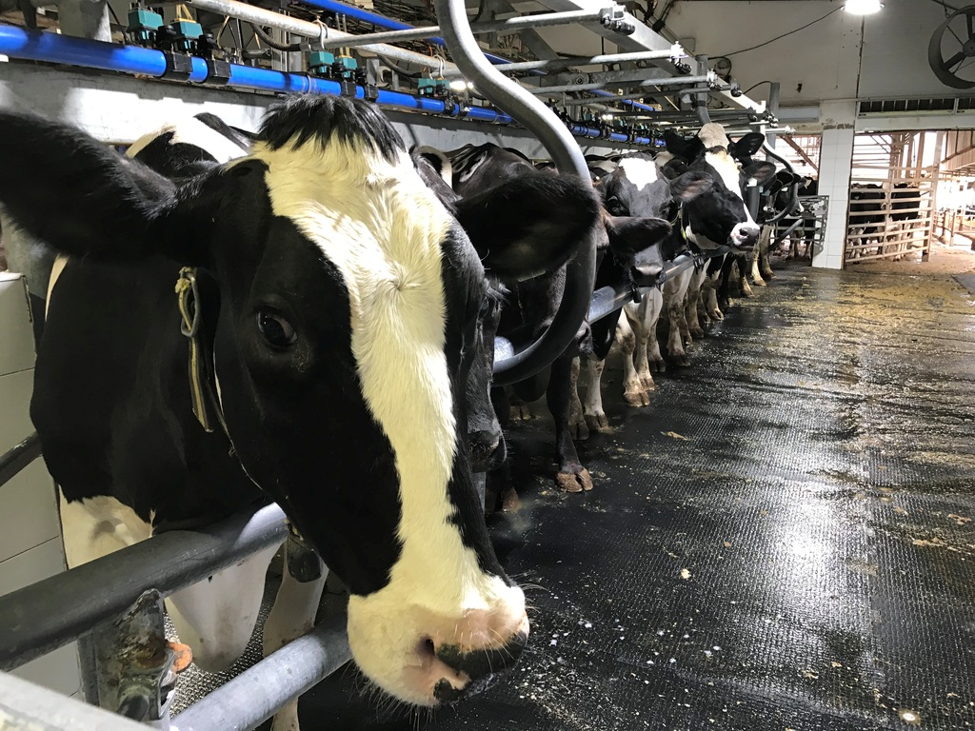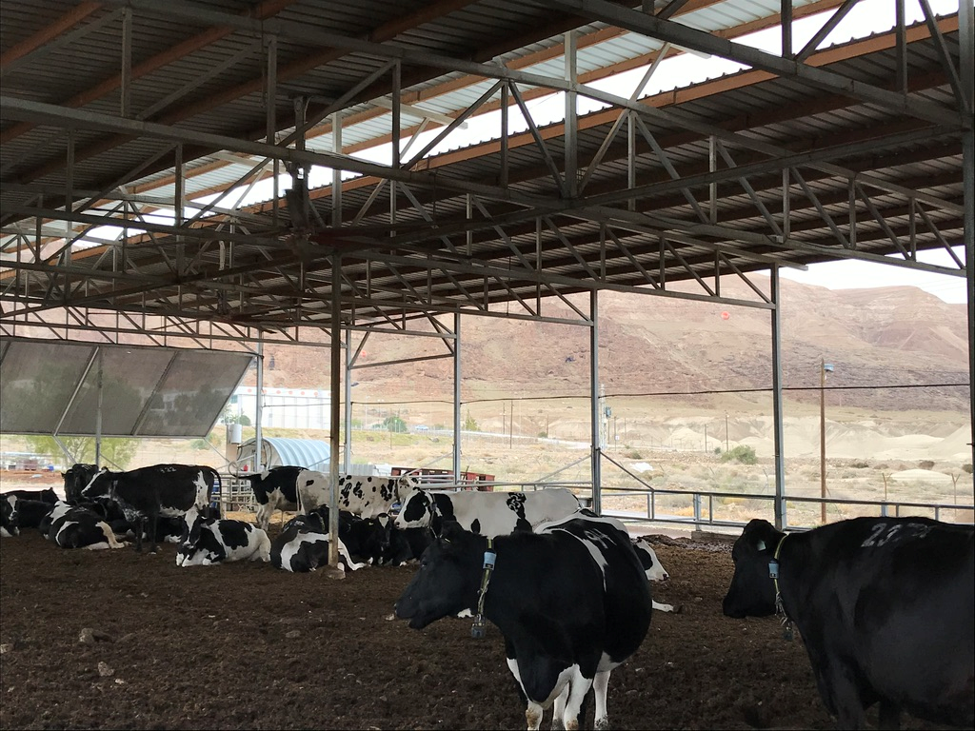Dairy in Israel
Visiting Israel to learn about dairy provided unique perspectives and ideas from farmers who lead the world in national annual average production per cow.

The Cows in Israel may look the same, but the dairy industry looks a lot different over here compared to there. Early in 2020, I had the opportunity, along with two colleagues, to go to Israel and visit dairy farms and speak with agri-business professionals there as guest instructors with the Dairy School: The Israeli Experience. There, we were joined by a dozen US farmers and agribusiness professionals.
Israel’s dairy industry began with the development of the first kibbutz (a collective community whose members share in the costs and rewards), long before the modern-day nation was established in 1948. In these communities, dairy was one of the foundational businesses to supply their needs and to provide a source of income. Today, there are still dairies on approximately 230 kibbutzim (plural of Kibbutz) and on 530 Moshavim (communities where the businesses are privately owned).
Kibbutzim and Moshavim make up about 95% of the farms that collectively house approximately 125,000 dairy cows, in contrast to Michigan which has 425,000 cows on about 1300 dairy farms. While the cows do look like our Holsteins, they are really Israeli Friesians, developed by crossing Dutch Friesians with the native Damascus cow and western Holsteins. Israeli Friesians are a bit smaller and adapt better to the Mediterranean climate than Holsteins or Dutch Friesians.
Israel is a small nation, with less than 10% the land mass of Michigan, but a population 83% of the size of Michigan’s population. The major contrast is the different climate. Rain is sparse in Israel and only comes in the winter months. The forages that US dairy farmers primarily depend on, corn silage and alfalfa, are uncommon in Israel because they require irrigation to grow. Instead, Israeli dairy farmers rely on wheat, harvested as silage or hay, that is planted before the winter and utilizes the rain that falls in that season.

Because of the limitations of forage availability, Israeli dairies feed a low forage diet, with around 33-35% of ration dry matter as forage, compared to diets here that may be 50-70% forage dry matter. The ration is supplemented with grains and byproducts that are largely imported because they are not grown in Israel. Yet, the national average milk production per cow in Israel is higher than that of any other nation.
Dairy feed is often mixed off-site, at regional centers where feed is stored, including concentrates purchased by importers, and mixed for client farms. These regional feed centers (numbering approximately 20-25 in the country) mix and deliver the feed to the cows on the farms twice each day. We visited one feed center that served 60 dairy farms in the area. All but two of those farms received the same ration that was fed to all milking cows.
That is not all that common among Israeli dairy farms. Approximately 95% of cows are housed on composted manure in loose housing. About 95% are A.I. bred from the bulls of one Israeli semen company. That same percentage receive health care from one veterinary service which is public/private partnership, and about that percentage all have their records recorded in one databank like our DHI service. This standardization provides Israel with some advantages and it is likely one of the reasons that production does not vary much cow-to-cow or farm-to-farm. While the US has farms with higher production per cow than the Israeli herds, the US national average is lowered by farms that produce far less.

Cattle health is a priority of all farmers. Israeli farmers, however, have to be concerned with diseases that US farmers do not face. These include rabies, foot & mouth disease, botulism and other less common diseases, as well as many that US farmers typically defend against.
Jewish dietary religious laws (kosher) affect cow management and feed. Cows are milked by non-Jews, typically foreign workers from Thailand, because observant Jews must refrain from work activities on the Sabbath (sundown Friday to sundown Saturday). In addition, Kosher requirements are such that for Passover, a week long celebration in the spring, the cows cannot be fed wheat at any stage of growth. Therefore, for those days, and an adaption period before and after, enough corn silage is grown to be fed.
While there are differences among Israelis on keeping kosher, it does affect many people. A restaurant or a family that keeps kosher does not serve dairy and meat in the same meal, or even prepare dairy and meat using the same equipment or cooking utensils. Therefore, McDonalds restaurant, of which there are approximately 180 in the country, has some (n=50) that are operated according to kosher laws (no cheeseburgers) and some that do not. In a shopping mall that we visited, there were two McDonalds, one kosher and the other was not.
Dairy is important in a diet and people depend on it. In 2011, angry citizens, encouraged by Facebook postings, staged the “Cottage Cheese Rebellion”, a boycott over high prices of that and other products that soared after price controls were removed. Dairy companies backed down and prices were reduced.
Two companies process approximately 72% of the milk produced in Israel. Milk cartons that we purchased had the nutrition label in three languages: Hebrew, Arabic and Russian, reflecting the large number of Russian-speaking immigrants and the Arab population.
Currently, farmers produce under a quota system, that is to be removed in 2025. This year, the quota to each farm was reduced by two percent. The milk price is set by the government based on the average cost of production from a biannual survey. The set price is two percent less than the average cost of production to account for efficiency gains. Therefore, there is an ongoing economic incentive to become more efficient because farms that have a cost of production higher than the average will not be profitable if they don’t improve their management.
Farm management to improve efficiency is assisted considerably by using technology. While technology use on farms is increasing worldwide, Israelis have set the bar in some areas. Several leading dairy technology firms began in Israel, including Afimilk, SCR and ENGS Systems. Afimilk was started and still operates on a kibbutz that we visited.
What is it that defines the Israeli dairy farmer? Ofier Langer, director of Dairy School: The Israeli Experience, listed six common characteristics. They love technology, seek innovation, demand individual animal information, rely on automatic systems, use management software and records, rely on automatic systems and willingly share their data and results.
These are not just the characteristics of Israeli dairy farmers, these are characteristics of successful farmers anywhere.



 Print
Print Email
Email




